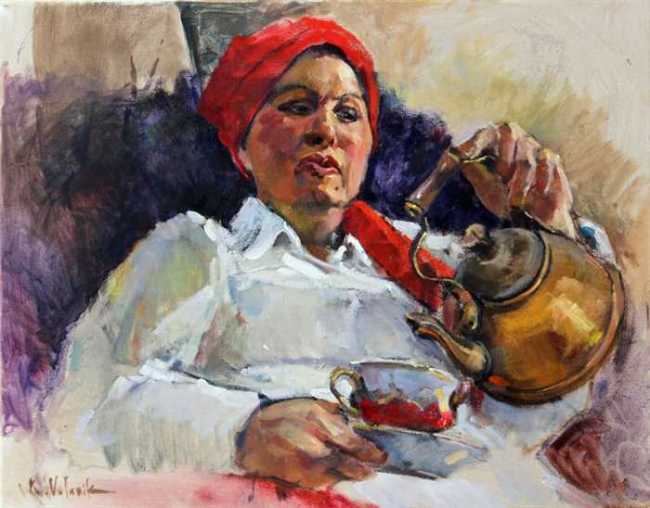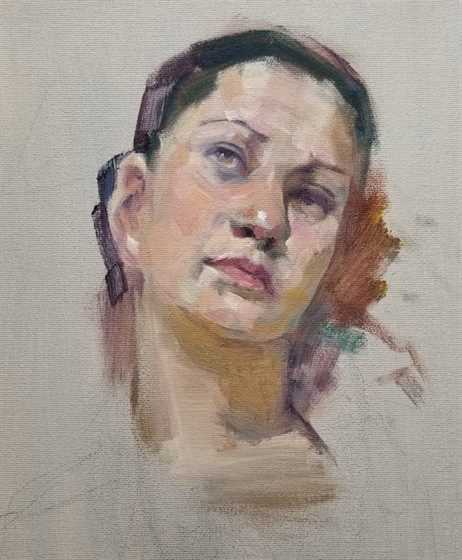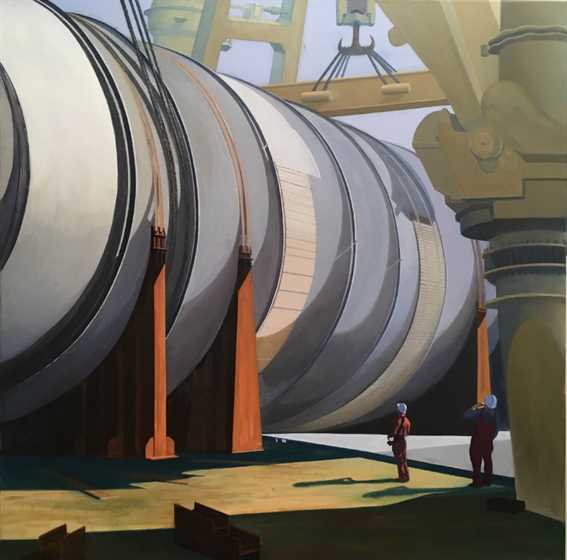Phone: (647) 894 7706

Students taking oil painting classes have this decision made for them, but it would benefit the novice to learn the differences between these two types of paints, as well as the advantages and disadvantages of each.

Oil Paints
Oil paints are made from natural oils, such as linseed, and have a long and vibrant history within the art realm. They were the paint of choice by many famous Renaissance artists, who put them to great use through subtle blending and the creation of beautiful colours.
There are obstacles, however, that come with using oil paints. One of these is the amount of time it takes for oil paint to dry—from a few days to weeks. Oil paints also have a distinct odour that may take some adjusting to. The longer drying time could be advantageous for both the beginner and expert painter, as it provides more time to experiment and work with the paint. As you will learn in oil painting classes, more time is ideal for paintings that require a lot of blending, such as portraits. Oil paints also known to produce more vivid colours, which are suitable for landscape paintings.
There are improved versions of oil paints available today that are water-soluble, reducing their drying time and making it easier to clean them off brushes. One final obstacle to keep in mind is that oil paintings must be protected from direct sunlight because they will turn yellow with prolonged exposure. Taking oil painting classes with seasoned artists will help you to learn how to deal with the idiosyncrasies of this type of paint.

Acrylic Paints
A modern innovation, acrylic paints are made of pigment suspended in an acrylic polymer emulsion. This type of paint first became available on the commercial market in the 1940’s, and was made popular by artists such as Andy Warhol.
Acrylic paints are water-soluble while they are being worked with, but become water-resistant once they dry. Some painters may find acrylics easier to work with because they dry within minutes, reducing the likelihood of muddying different layers together. New painters should be wary, however, of choosing acrylic paint colours as they darken when they dry.
For those who wish to continue pursuing their new hobby at home, acrylic paints are the more affordable option. They also don’t restrict the painter to a canvas—you can use acrylic paints on paper, card or other materials.

At VR School of Art, we offer a wide range of art classes, including drawing, landscape painting, impressionist painting and life model painting and drawing. We strive to create an inclusive atmosphere at our art school—as such, our classes are open to students of any age and experience level. Our oil painting classes are especially popular thanks to the dedication our experienced teachers bring to the classroom. Get in touch with us today for a rewarding educational art experience in Toronto!